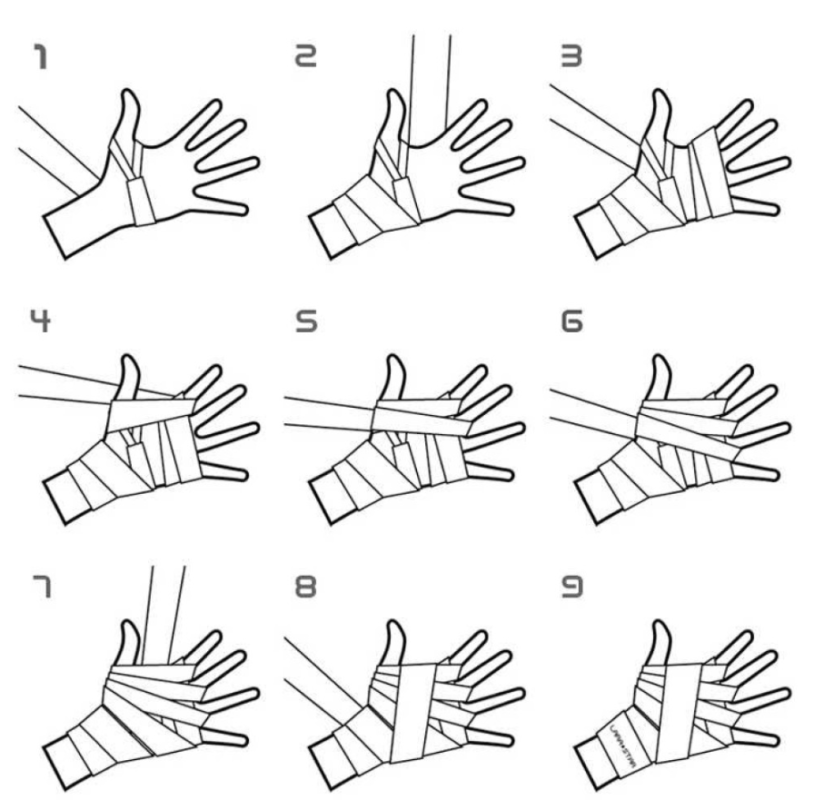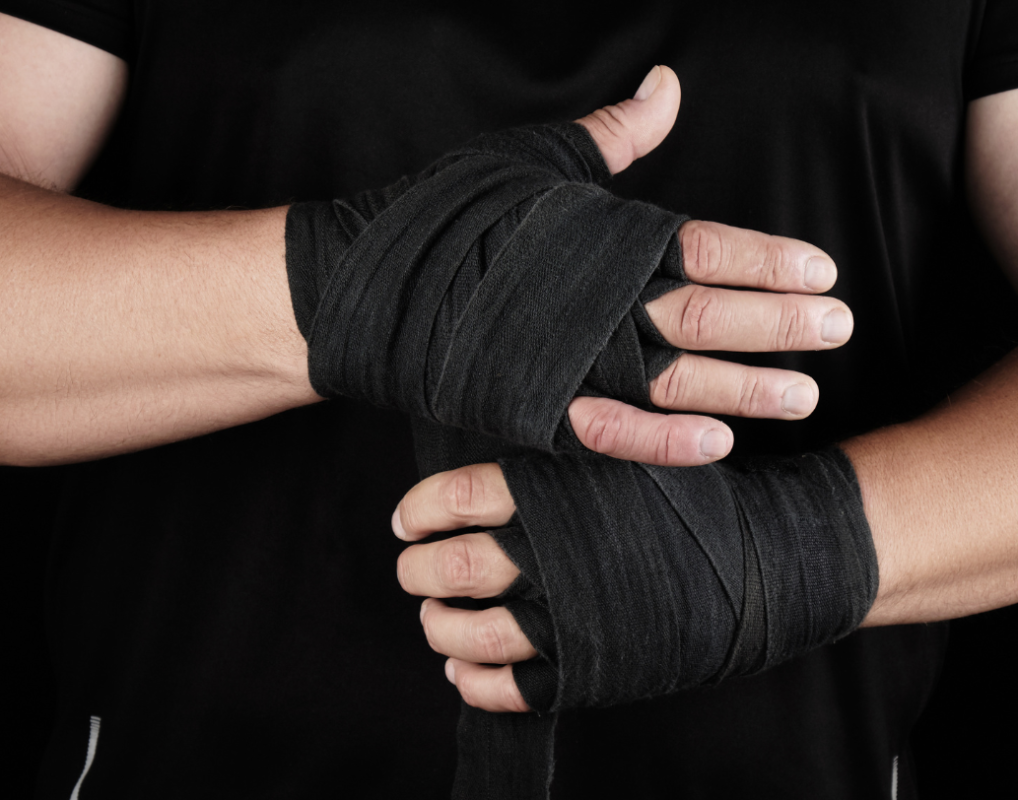Muay Thai Equipment
Muay Thai Hand Wraps: Techniques for Wrapping for Optimal Support
Introduction In the world of Muay Thai, proper hand protection is crucial. Hand wraps are an essential piece of Muay Thai equipment that not only provide support but also protect your hands and wrists from injuries. Learning the correct techniques for wrapping your hands can make a significant difference in your performance and safety.
The Importance of Hand Wraps in Muay Thai Hand wraps play a vital role in Muay Thai training by stabilizing the hands and wrists, reducing the risk of fractures and sprains. They absorb impact, provide a firm grip, and keep your hands in proper alignment during punches.
Choosing the Right Hand Wraps When selecting hand wraps, consider their length, material, and elasticity. Standard lengths range from 120 to 180 inches, with longer wraps offering more protection. Cotton wraps are common due to their breathability and comfort.

Step-by-Step Guide to Wrapping Your Hands
Preparation Before you start wrapping, ensure your hands are clean and dry. This helps the wraps stay in place and reduces the risk of skin irritation.
Step 1: Wrapping the Thumb Start by placing the loop of the hand wrap around your thumb. Secure the wrap by circling it once around your wrist, ensuring it’s snug but not too tight.
Step 2: Wrapping the Wrist Wrap the fabric around your wrist two to three times. This provides a solid base and stabilizes the wrist.
Step 3: Wrapping the Hand Next, move the wrap across the back of your hand and around the palm. Continue wrapping between the thumb and index finger, securing the base of your thumb.
Step 4: Wrapping the Knuckles Cover your knuckles by wrapping the fabric around them three to four times. This adds cushioning and protection against impacts.
Step 5: Securing the Fingers Wrap the fabric between each finger, starting between the pinky and ring finger, then the ring and middle finger, and finally the middle and index finger. This technique helps to keep the wraps tight and secure.
Step 6: Final Wrapping and Securing Bring the wrap back down to your wrist, wrapping it several times to secure everything in place. Use the Velcro or fastener to lock the wrap securely.
Tips for Optimal Wrapping
- Consistency: Ensure the wrap is consistently snug but not too tight to maintain circulation.
- Even Pressure: Apply even pressure to avoid lumps or loose areas that can lead to injury.
- Practice: Regular practice of wrapping techniques will improve your efficiency and effectiveness.
Maintaining Your Hand Wraps
- Washing: Hand wash your wraps regularly to keep them clean and free from bacteria.
- Drying: Air dry your wraps to prevent them from shrinking or becoming damaged.
FAQs
Why are hand wraps important in Muay Thai? Hand wraps provide support and protection to the hands and wrists, reducing the risk of injuries during training and fights.
How often should I replace my hand wraps? Depending on usage, hand wraps should be replaced every few months or when they become worn out or lose elasticity.
Can I use boxing hand wraps for Muay Thai? Yes, boxing hand wraps can be used for Muay Thai, but ensure they provide enough length and support for the rigorous demands of the sport.
What length of hand wraps should I use? For most adults, 180-inch wraps are recommended as they offer ample protection and support. However, smaller hands may prefer shorter lengths.
Should I wrap my hands differently for training and fighting? The basic wrapping technique remains the same, but for fights, additional padding might be used for added protection.
Can I wash my hand wraps in a washing machine? While it is possible, hand washing is recommended to prolong the lifespan of your wraps and maintain their elasticity.
Conclusion Proper hand wrapping is an essential skill for anyone practicing Muay Thai. It ensures optimal support, enhances performance, and minimizes the risk of injury. By following the techniques outlined above and regularly maintaining your wraps, you can focus on improving your skills and enjoying your training sessions.

